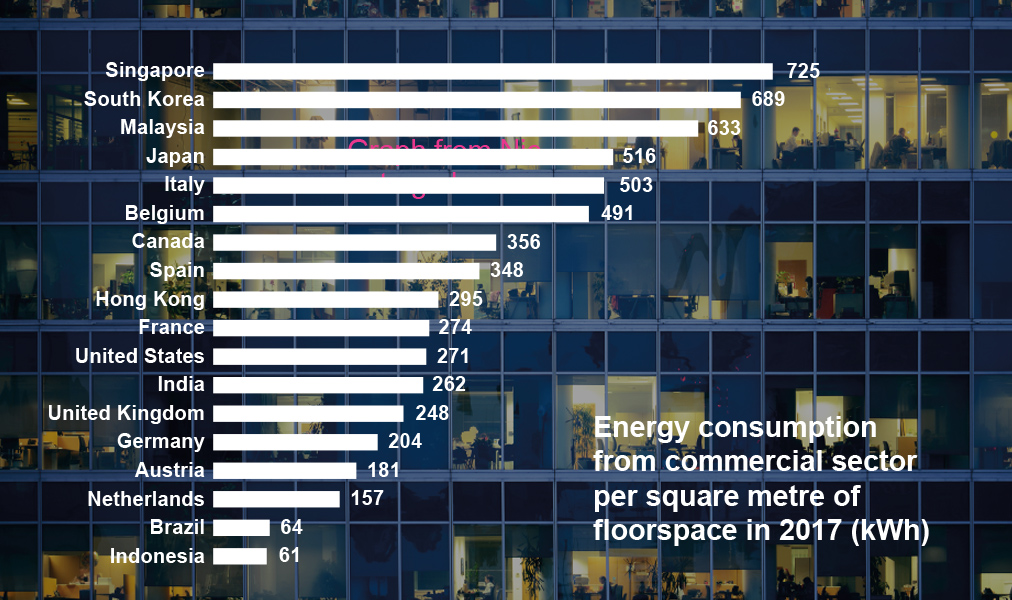Steps toward climate neutrality – we must focus on our existing building stock
The political commitments to massively reduce CO2 emissions has become the new accelerator for sustainable processes in the building sector to raise their game. By 2030, 55 percent of emissions are to be cut compared with 1990 levels, and 100 percent is specified by 2050. By looking at carbon dioxide emissions, for the first time the entire life cycle of the property comes to the fore - from the construction process to operation to deconstruction. Here it becomes evident how the building sector is responsible for 40% of emissions worldwide: Construction materials have to be transported, buildings air-conditioned, and demolitions carried out. 55% of the total waste generated in Germany rests on the shoulders of the construction industry. So, a special responsibility for achieving climate neutrality lies with our industry.
Matt Blowers, CEO of ISG, sets the pathway for this: "Buildings simply have to perform better. Standards in the construction process need to be expanded and controlled, and the buildings themselves need to be better operated and maintained." Given that 80 percent of our current buildings will still exist by the target year of 2050, we must have a sustained focus on the retrofit of existing buildings to improve their performance. Well-designed refurbishment processes are must be an essential cornerstone of our collective strategy.
Understanding where we are now on the preparedness scale is an essential starting point to determining a pathway
In order to tackle this challenge and meet our increasingly nearing climate targets, we need in-depth knowledge of our building stock. This is exactly what ISG has tackled with its now published "Sustainable Buildings Monitor". Some of the results are startling: did you know that Italy has twice as much energy consumption in commercial buildings as the UK? Were you aware that developed countries like Japan or South Korea consume the most energy in the building sector, relatively speaking? Did you expect that only two out of 18 countries surveyed reduced their energy consumption between 2007 and 2017? And that Germany is only in the European midfield in terms of both energy consumption and CO2 emissions in the real estate segment?

These figures provide an important insight into the regional differences in the global effort to protect the climate. At the same time, they spur us on to make even greater contributions as stakeholders across the construction and real estate industry. Climate-neutral management is a partnership effort that does not leave the planning and construction partners behind after the property has been handed over. Regular monitoring of climate-relevant building data during the operating phase should become standard practice even in the short term. The selection of local and sustainable building materials can contribute significantly to CO2 reduction. Last but not least, it should be always be evaluated before commencing a project, whether a refurbishment is preferable to a new building in order to save the potential carbon generated by the demolition process. The journey towards climate neutrality has now finally gained momentum, with not a moment to waste – a major task for the international community. Thus, Matt Blowers appeals to the entire industry:





